Have you ever felt that international trade involves a lot of hoops to jump through? Having to deal with duties, taxes, and fees on imported goods can add a significant amount of burden on businesses who are looking to export their products. But there’s a solution to it; Duty Drawback.
Let’s dive deeper into the world of duty drawback, understand and explore its meaning, purpose, and how it benefits your business.
Duty Drawback is a government program that offers a partial or complete refund of customs duties, taxes, and fees paid on imported goods that are ultimately exported or used in the production of exported goods. Imagine it as a way of getting some of your money back after paying import charges. This program is based on regulations outlined in the Customs Act, 1962 (India) or equivalent legislation in other countries.
Purpose of Duty Drawback
Duty drawback serves a critical purpose in the world of international trade by reducing the overall cost of exporting, thus making businesses more competitive in the global marketplace. Here’s how it works:
- Lower Export Costs- Businesses can claim back a portion of the money spent on import duties, freeing up resources for reinvestment and growth.
- Level Playing Field- Duty drawback helps to even the odds for domestic companies competing against foreign producers who may not face similar import duties.
- Increased Exports- By lowering the financial barrier to entry, duty drawback encourages businesses to export more, boosting the overall export volume of a country.
Types of Duty Drawback
Duty drawback programs come in various types, each catering to specific scenarios. Here’s a closer look at the most common types, helping you identify the one that best suits your export operation.
1. Unused Merchandise Drawback:
This program is ideal for situations where you import goods, and pay duties, but then decide not to use them domestically. Perhaps market conditions change, or you find a more suitable supplier. Unused merchandise drawback allows you to export these goods or destroy them under customs supervision and claim a refund on the duties paid. This helps recoup some of your initial investment and prevents usable inventory from gathering dust in your warehouse.
2. Manufacturing Drawback:
A manufacturing drawback is a program that helps you get money back on import duties paid for materials used in your exported products. Think of it like a discount on raw materials, making your finished goods more competitive overseas.
For example: If you import wood to make furniture you export, you can claim a refund on the import duties for the wood. This reduces your production costs and boosts your profits.
3. Rejected Merchandise Drawback:
Sometimes, imported goods might not meet your quality specifications or turn out to be defective. This can be a frustrating situation but rejected merchandise drawback offers a silver lining. By exporting or destroying these defective goods under customs supervision, you can claim a refund for the duties paid. This helps minimize your losses and frees up resources that can be channeled toward acquiring defect-free materials.
4. Direct Identification Manufacturing:
This program applies when the imported materials can be directly identified within the finished exported product. Imagine you import specialized electronic components for use in a specific type of machinery you manufacture for export. Direct identification drawback allows you to reclaim the duties paid on these components, as they are identifiable within the finished product.
5. Substitution Manufacturing:
In some cases, directly identifying imported materials within the finished product might not be possible. Substitution manufacturing drawback addresses this scenario. Here, you can claim a drawback for imported materials that are similar in kind and quality to those used in the exported products, even if they are not directly identifiable. For instance, you might import various types of steel for use in manufacturing different machinery components. Substitution drawback allows you to claim a refund on the duties paid on the imported steel, even though you might not be able to pinpoint the exact steel used in each component.
6. All-Duty and Partial-Duty Drawback:
These programs offer varying degrees of duty refunds or exemptions depending on the specific program and regulations.
Full Monty (All-Duty Drawback): This program offers a complete refund on all duties, taxes, and fees paid on imported materials used in your exported products. It’s like getting those import costs erased, making your exports even more competitive.
Partial Refund (Partial-Duty Drawback): This program provides a custom-fit refund based on specific rules. You might get back a percentage of the duties or only a refund on certain types of taxes.
Duty Drawback Process with Intoglo
Claiming duty drawback can unlock significant cost savings for your export business, but navigating the process can seem daunting at first glance. Fear not! This breakdown will walk you through each step, ensuring a smooth and efficient journey towards claiming your rightful refund. Intoglo, your partner in duty drawback success, is here to guide you every step of the way.
Step 1: Assembling the Documentation
Think of this as gathering the evidence to support your claim. Here are the key documents you’ll need to have in order:
- Shipping Bills and Bills of Entry: These documents provide details about the imported and exported goods, including quantity, value, and HS tariff classification. They act as the official record of your import and export activities.
- Import Invoices: These invoices detail the cost of the imported materials, including the breakdown of duties and taxes paid at the time of import. They serve as proof of your initial investment and the duties you’re seeking a refund for.
- Proof of Duty Payment: This can be a Customs receipt or any official document demonstrating that you paid the required duties on the imported goods.
- Export Documentation: This includes documents like commercial invoices, packing lists, and bills of lading, which provide details about the exported goods, their destination, and value. These documents prove that the imported materials were indeed used in the production of exported goods.
The specific documentation requirements might vary depending on the type of duty drawback program you’re applying for and the country’s regulations.
Here’s where Intoglo’s expertise comes in.
Our team of duty drawback specialists has a deep understanding of the intricacies of various programs and their documentation requirements. Intoglo works closely with its clients to ensure they have all the necessary documents in the correct format, saving time and ensuring a smooth claim submission process.
Step 2: Submitting Your Claim:
Depending on the program and country, you might have two main options for submitting your claim:
- All Industry Rate (AIR) Method: This method involves using pre-established drawback rates set by the government for specific types of goods. The process is generally simpler and faster, but the drawback amount might be lower than the actual duties paid.
- Brand Rate Method: This method allows you to claim a drawback based on the actual duties you paid on the imported goods. While it potentially offers a higher drawback amount, the process can be more complex and require more documentation.
Step 3: Verification and Approval
Once you’ve submitted your claim with Intoglo’s support, the customs authorities will meticulously examine your documentation. They might request additional information or clarifications if needed.
This verification process can take some time, but you won’t be left in the dark. Intoglo will stay in close communication with the customs authorities on your behalf, ensuring they have all the necessary information to process your claim efficiently. We’ll also keep you updated on the progress of your claim, so you’re always informed.
Step 4: Receiving Your Reward:
If your claim is approved, you’ll finally receive your duty drawback refund. However, the timeframe for receiving your money can vary significantly:
- Accelerated Payment Privilege (APP): This program offers a much faster turnaround time, potentially getting your refund in a few weeks. However, it comes with stricter eligibility criteria and may require additional guarantees. Intoglo can help you assess your eligibility for the APP and guide you through the process of securing any necessary guarantees.
- Traditional Methods: Here, the wait can range from several months to a year or more, depending on the workload of the customs authorities and the complexity of your claim. While we can’t control the customs processing timelines, Intoglo’s experience and meticulous attention to detail during the initial documentation stage can help minimize the risk of delays and ensure your claim is processed as efficiently as possible.
Patience is key during the verification and approval stages. By partnering with Intoglo, you can ensure your documentation is accurate and complete from the start, minimizing delays and expediting the process wherever possible. Intoglo is your advocate throughout the duty drawback journey, ensuring a smooth and successful experience.
Eligibility and Conditions for Claiming
Duty drawback offers a wealth of benefits, but not every business can claim this financial reward. Here’s a breakdown of the key eligibility criteria you need to fulfill to become a duty drawback champion, along with how Intoglo can help you navigate these requirements.
1. Meeting the Export Deadline
Imagine a time limit attached to your imported goods. Duty drawback programs typically require that you re-export the goods (or destroy them under customs supervision) within a specific timeframe, often two years from the date of import. There can be exceptions and program-specific variations, so it’s crucial to research the regulations applicable to your chosen program.
2. The Transformation Clause
Duty drawback incentivizes the creation of value-added products. To qualify, the imported materials must undergo a substantial physical transformation to become something entirely new. Simply re-exporting the imported goods in their original form generally won’t suffice.
For instance, if you import raw cotton and use it to manufacture finished garments for export, you’d likely qualify for a duty drawback. However, if you import finished garments and simply re-export them without any modifications, you wouldn’t be eligible.
3. The Ownership and Duty Payment Challenge
Duty drawback rewards those who have “skin in the game.” To be eligible, you must have been the legal owner of the goods at the time of export. Additionally, you must have paid the customs duties on the imported goods you’re seeking a drawback for.
Additional Eligibility Considerations
While the above criteria form the core eligibility requirements, there might be additional factors to consider depending on the specific program and country regulations. Here are some additional points to keep in mind,
- Minimum Export Value: Certain programs might have minimum export value thresholds that your exported goods need to meet to qualify for a drawback.
- Domestic Content Requirements: Some programs might require a minimum percentage of domestic content to be used in the production of exported goods for drawback eligibility.
- Specific Product Restrictions: Certain products might be excluded from duty drawback programs due to specific government regulations or trade agreements.
Hence, consulting with a duty drawback specialist like Intoglo is highly recommended. We can help you determine your specific eligibility for various programs, navigate the intricacies of regulations, and ensure you meet all the necessary criteria to claim your rightful duty drawback. With Intoglo’s expertise by your side, you can confidently navigate the eligibility landscape and unlock the cost-saving potential of duty drawback programs.
Benefits and Challenges
While duty drawback offers a significant advantage for exporters, it’s not without its hurdles. Here’s a deeper look at the challenges you might encounter and how to navigate them effectively, along with the additional benefits duty drawback can bring:
Challenges and Solutions
1. Building a Paperwork Fortress
- Challenge: Maintaining meticulous records can be a significant time commitment, especially for businesses with high volumes of imports and exports.
- Solution: Consider investing in:
- Record-keeping software: Streamline data entry and automate document management.
- Dedicated staff: Assign a team member to oversee import/export documentation.
2. The Documentation Obstacle Course
- Challenge: The complexity of documentation requirements can lead to frustration and errors. Missing even a single document can significantly delay or derail your claim.
- Solution: Embrace a proactive approach:
- Research thoroughly: Clearly understand the specific documentation requirements for your chosen program. Consult government resources or seek guidance from a duty drawback specialist.
- Accuracy is paramount: Double-check all information for accuracy and consistency across all supporting documents.
3. Demystifying the Duty Drawback Regulations
- Challenge: The ever-changing landscape of duty drawback regulations and program complexities can be daunting for businesses without prior experience. Choosing the right program, navigating the claim process, and staying updated on regulatory changes can feel overwhelming.
- Solution: Partner with a trusted advisor:
- Program selection: Intoglo’s specialists can assess your specific situation and recommend the duty drawback program that maximizes your potential refund.
- Process navigation: We’ll guide you through every step of the claim process, from documentation preparation to communication with customs authorities.
Beyond the Challenges
Duty drawback not only reduces export costs but also unlocks other additional benefits:
- Improved Cash Flow: Recovered duty payments can be reinvested into your business, fueling growth initiatives like marketing, research & development, or expanding production capacity.
- Enhanced Global Competitiveness: Reduced export costs allow you to offer more competitive pricing in the international market, increasing your sales potential.
- Environmental Benefits: By encouraging domestic production and value-added exports, duty drawback can contribute to a reduction in transportation emissions associated with long-distance imports of finished goods.
Example of Duty Drawback in Practice
Let’s say you run a company in India that crafts exquisite jewelry using imported gemstones. You pay customs duties on those gems. But here’s the good news: because you export the finished jewelry, you can claim a duty drawback on the gemstones! This essentially gets you a refund on those import costs, significantly reducing your production expenses.
Lower production costs translate to more competitive export prices, giving you an edge in the global market. Duty drawback programs can be a game-changer for businesses like these.
Statistics and Data: Highlighting the Impact
According to a report by the World Trade Organization, India’s merchandise exports reached a record high of $332 billion in 2018. Duty drawback programs have played a significant role in this growth by providing a financial incentive for exporters.
Personalizing Duty Drawback
Understanding duty drawbacks can be empowering as a business owner or manager involved in international trade. It’s a valuable tool that can help you optimize your export operations and gain a competitive edge. By familiarizing yourself with the different types of programs, eligibility criteria, and the claims process, you can unlock significant cost savings and reinvest those resources into growing your business.
Conclusion
Duty drawback is a powerful tool for businesses involved in international trade. Understanding its purpose, navigating the process effectively, and seeking expert guidance can unlock significant cost savings and enhance your export competitiveness. With duty drawback on your side, you can focus on what matters most – growing your business and reaching new markets.
Navigating the complexities of duty drawback can be time-consuming and challenging. At Intoglo, we have a team of experienced customs brokers and duty drawback specialists who can guide you through the entire process. Our experts can assist you with:
- Ocean FCL Shipments
- Amazon Walmart Shipments (FCL)
- Transloading, Palletization
- 3PL Warehousing across USA
- Trucking across USA & India
- Dedicated 24/7 Assistance on your Shipment
- Compliance & Customs clearance
Don’t let duty drawbacks become a missed opportunity. Contact Intoglo today for a free consultation and learn how we can help you maximize your export profitability.


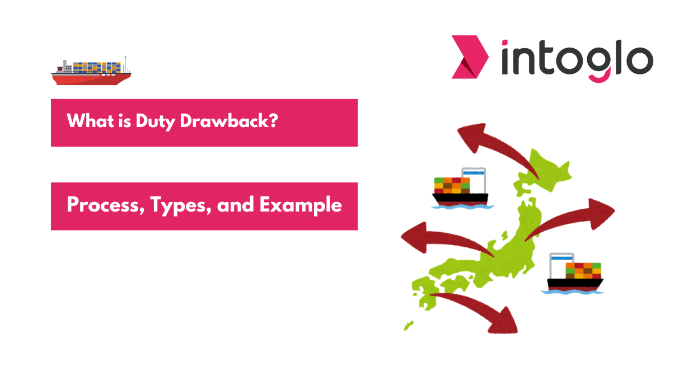

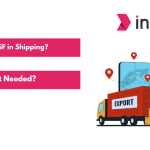
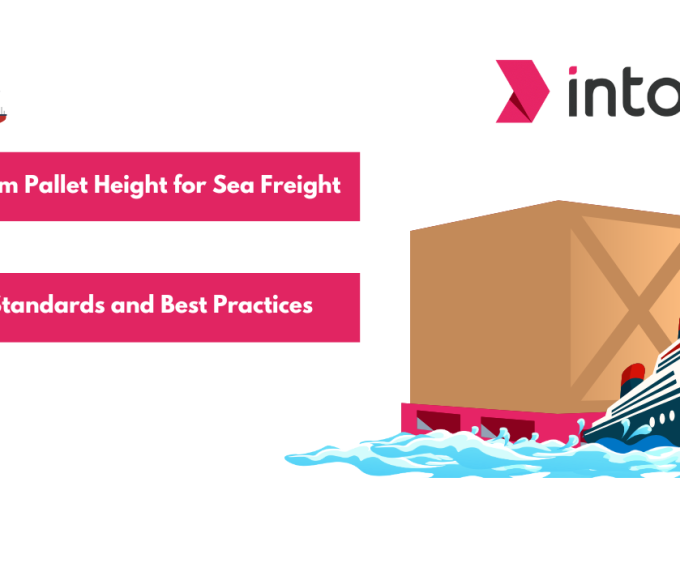
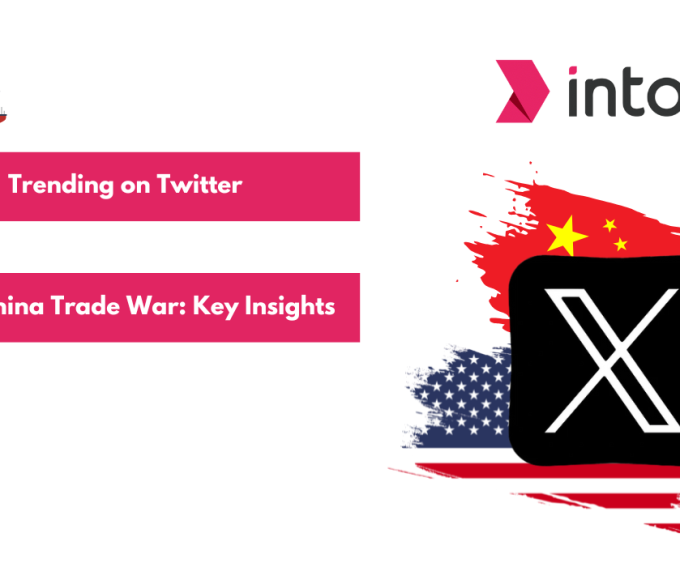

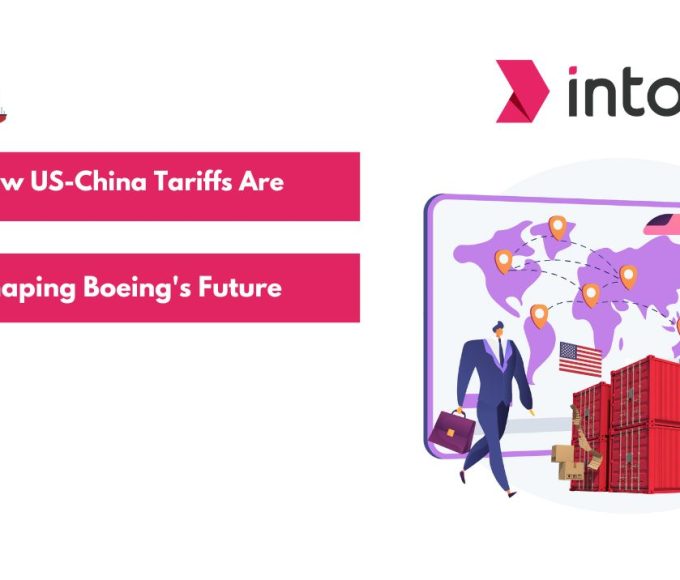
Leave a comment